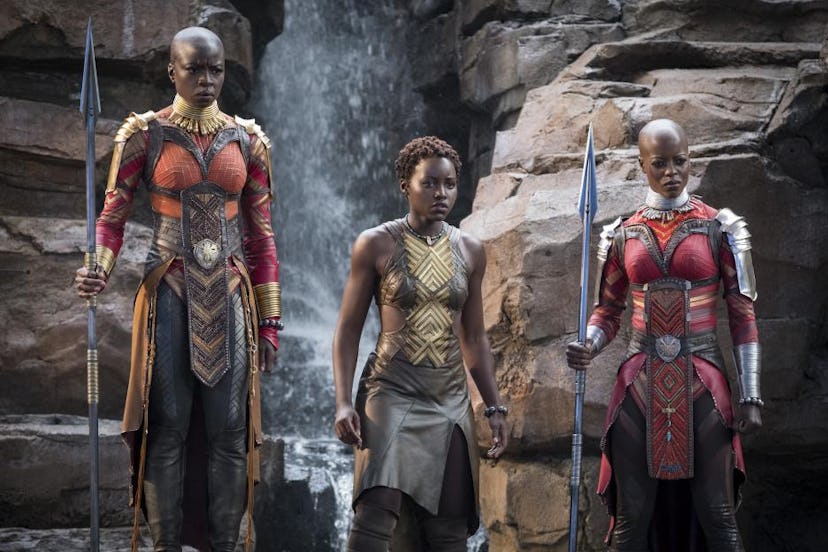Women and People of Color Still Vastly Underrepresented in Hollywood According to UCLA Study

In the wake of #OscarsSoWhite and the #MeToo and Time’s Up movements, issues of Hollywood diversity, or lack thereof, has become increasingly exposed. Now, the industry’s glaring representation problem has been fully dissected by UCLA, which examined the top 200 movies in 2016 and 1,251 broadcast, cable and digital TV shows from the 2015-2016 season in a study by the Ralph J. Bunche Center for African American Studies.
Their findings confirm that people of color and women are massively underrepresented in film and TV. “The nation consisted of nearly 40% minorities in 2016 — the last year examined — and states the percentage will only increase in the coming years,” the study notes. “There is still a long way to go before women or people of color reach proportionate representation among the actors in film and television, but at least the trend lines for both groups point in the right direction.”
While women have made some progress, they only accounted for 31.2 percent of film leads. “Slightly more than half of the population, women remained underrepresented on every front in 2015-2016,” the study states. The most alarming areas of underrepresentation include film directors (just 6.9 percent were women) and film writers, of which females only accounted for 13.8 percent).
Frustratingly, despite the study’s findings that diversity is profitable, there is still a long way to go for Hollywood to become more inclusive towards people of color. “Film projects have become increasingly reliant on foreign financing, talent, and audiences for success,” the study points out, which was written before Black Panther crushed global box office records, as Variety notes. “But in today’s globalized movie industry, there is a myth promoted by Hollywood decision makers that foreign audiences will automatically reject films centered around people of color. Indeed, the conventional ‘wisdom’ in the film industry has been that ‘black films don’t travel,’ and this notion has posed a longstanding obstacle to advancing diversity in Hollywood, particularly among film leads and directors.” Additionally, the study states that “Films with casts that were from 21 to 30 percent minority had the highest median global box office receipts and the highest median return on investment, while films with the most racially and ethnically homogenous casts were the poorest performers.”
It seems as though TV is a generally more inclusive place than film, and digital TV is even more diverse than broadcast TV. According to the study, people of color accounted for less of broadcast scripted show creators. People of color accounted for 13.9 percent of film leads, 12.6 percent of directors, 8.1 percent of film writers, 7.1 percent of creators of broadcast scripted shows, 7.3 percent of creators of cable scripted shows, and 15.7 percent creators of digital scripted shows.
One of the most alarming statistics, however, was the representation of latino, asian, mixed and Native Americans. Latinos made up just 2.7 percent of film roles in 2016, while asians accounted for 3.1 percent, mixed race accounted for 3 percent, and Native Americans accounted for 0.5 percent. Black Americans had 12.5 percent of lead film roles. By comparison, whites dominated film roles at 78.1 percent. Those breakdowns were relatively comparable for broadcast scripted shows and cable scripted shows as well.
As for how accurate an awards show captures the state of inclusivity in Hollywood, the study found that in 2016, “At the Emmys, broadcast scripted shows created by people of color gained no ground relative to those pitched by white show creators, while shows created by women succeeded in closing the huge gender gap a bit.” Considering how undeniable the success and critical praise of film and TV shows centered around people of color have shown to be over the past year, from Black Panther to Atlanta and Insecure, hopefully the next study on Hollywood diversity will reflect that.
Related: 94 Percent of Women in Hollywood Say They’ve Been Sexually Harassed or Assaulted